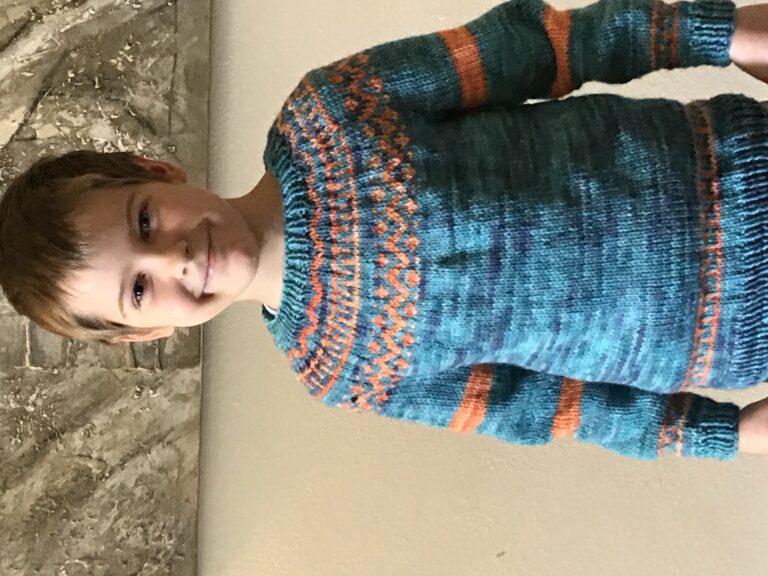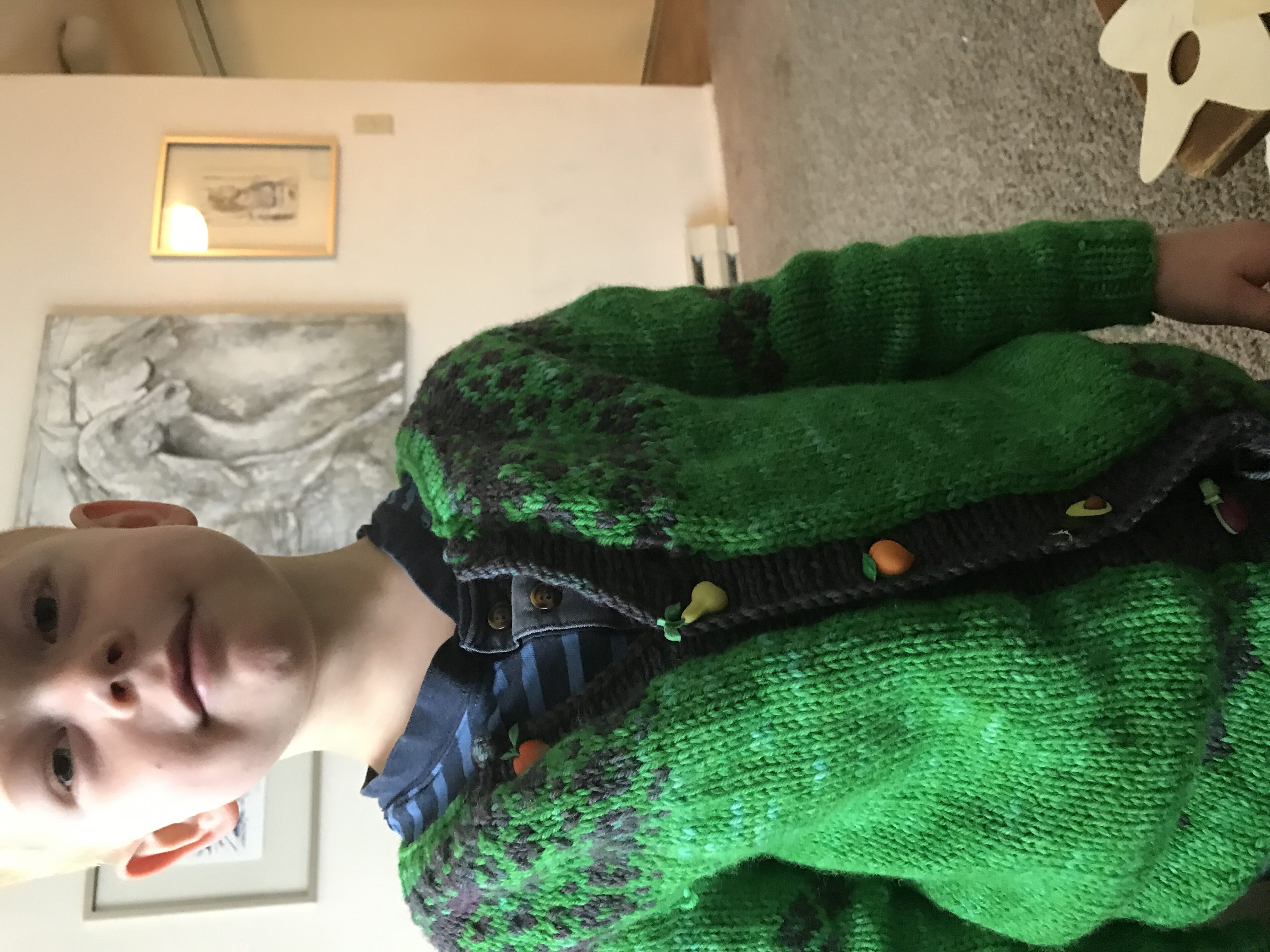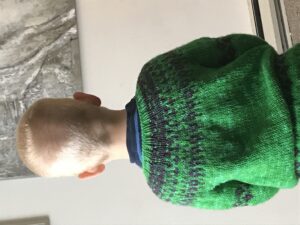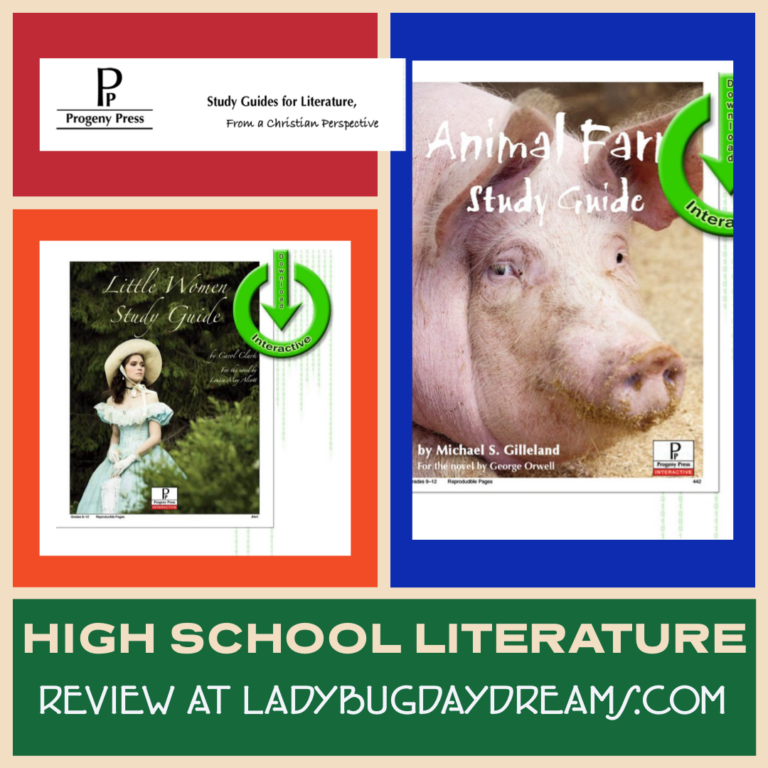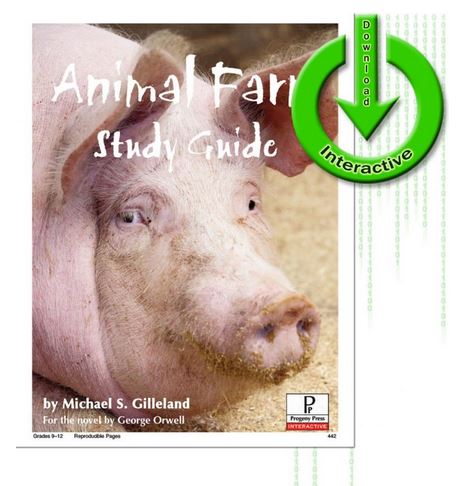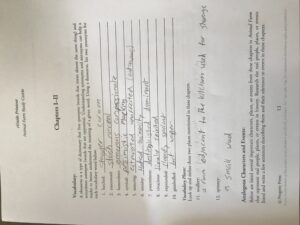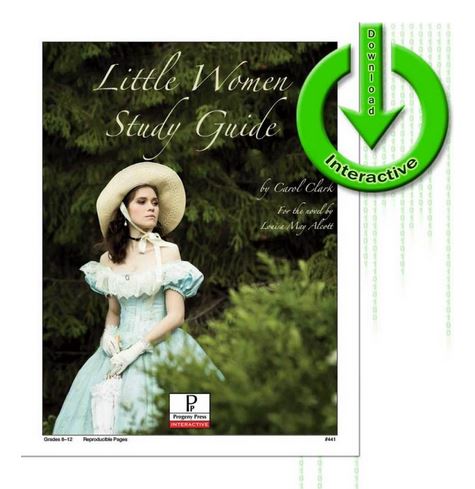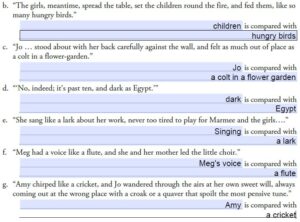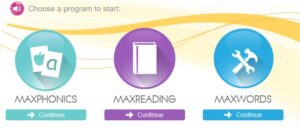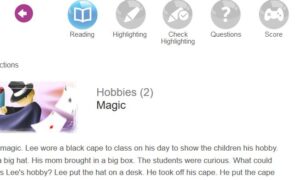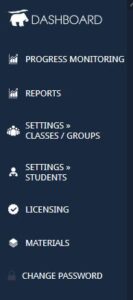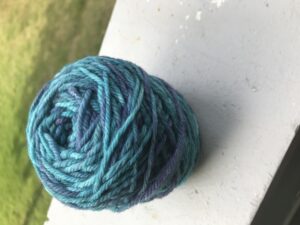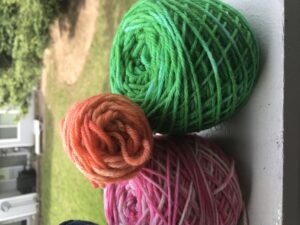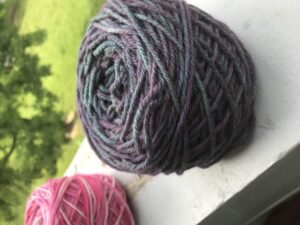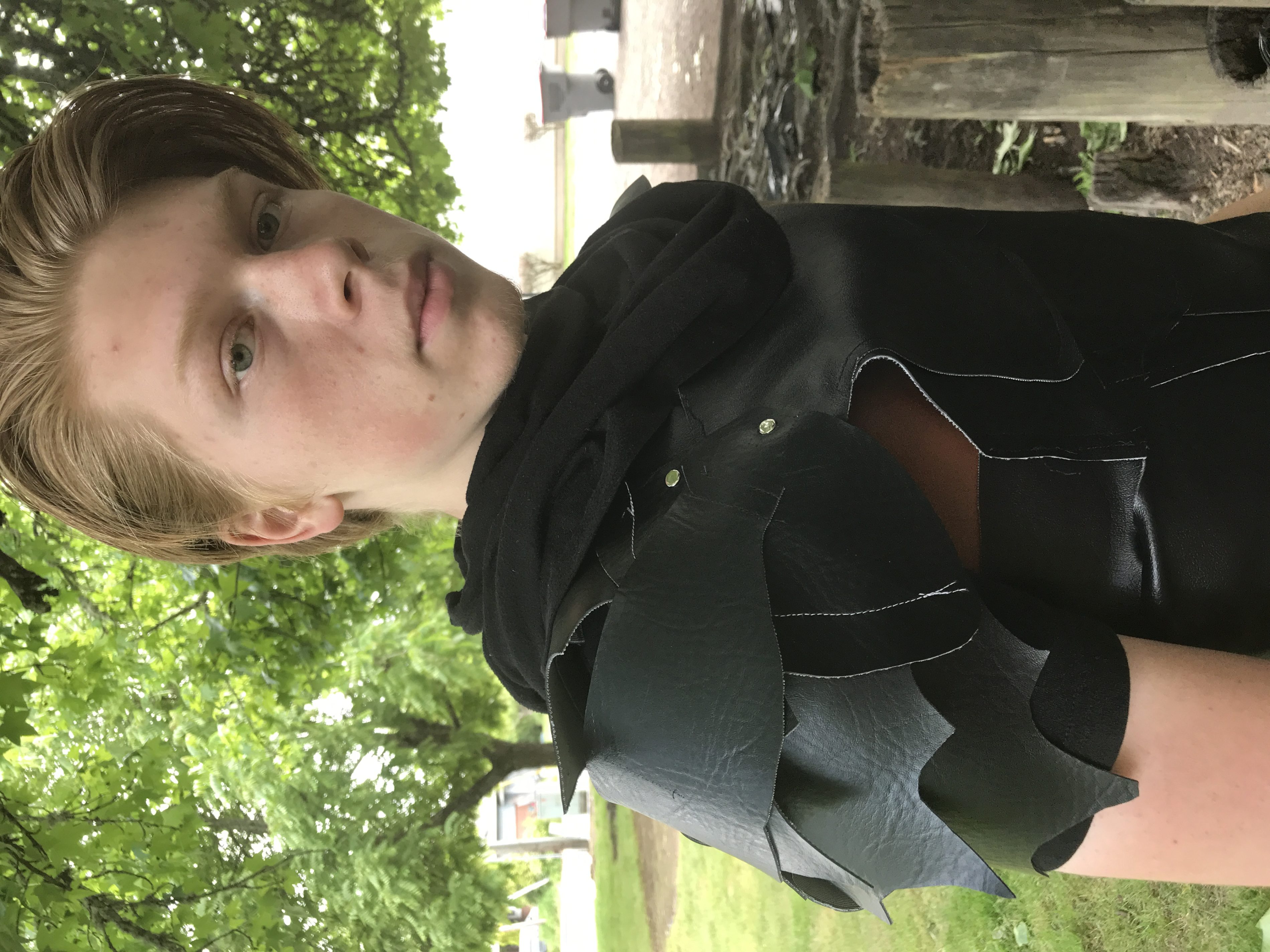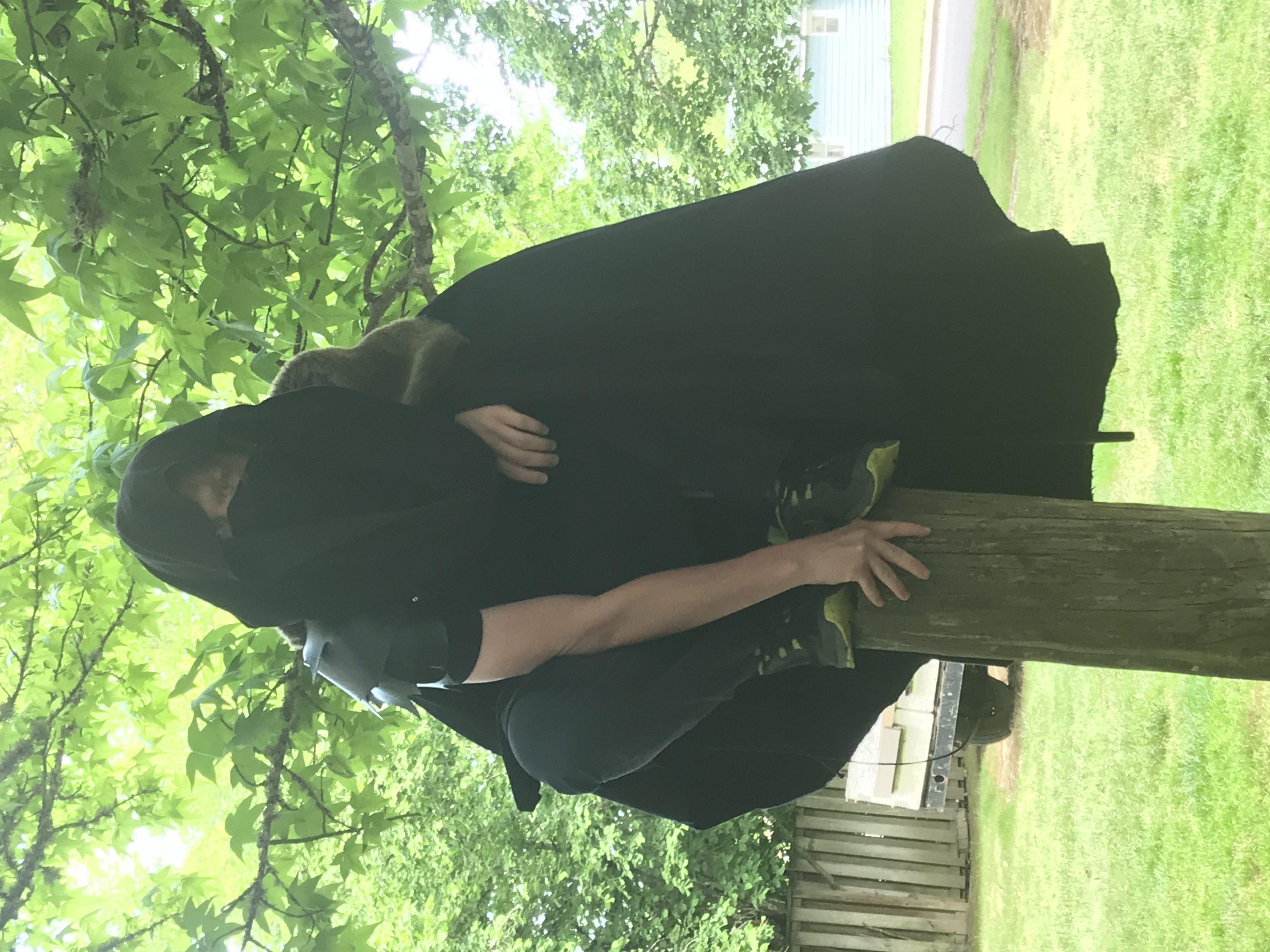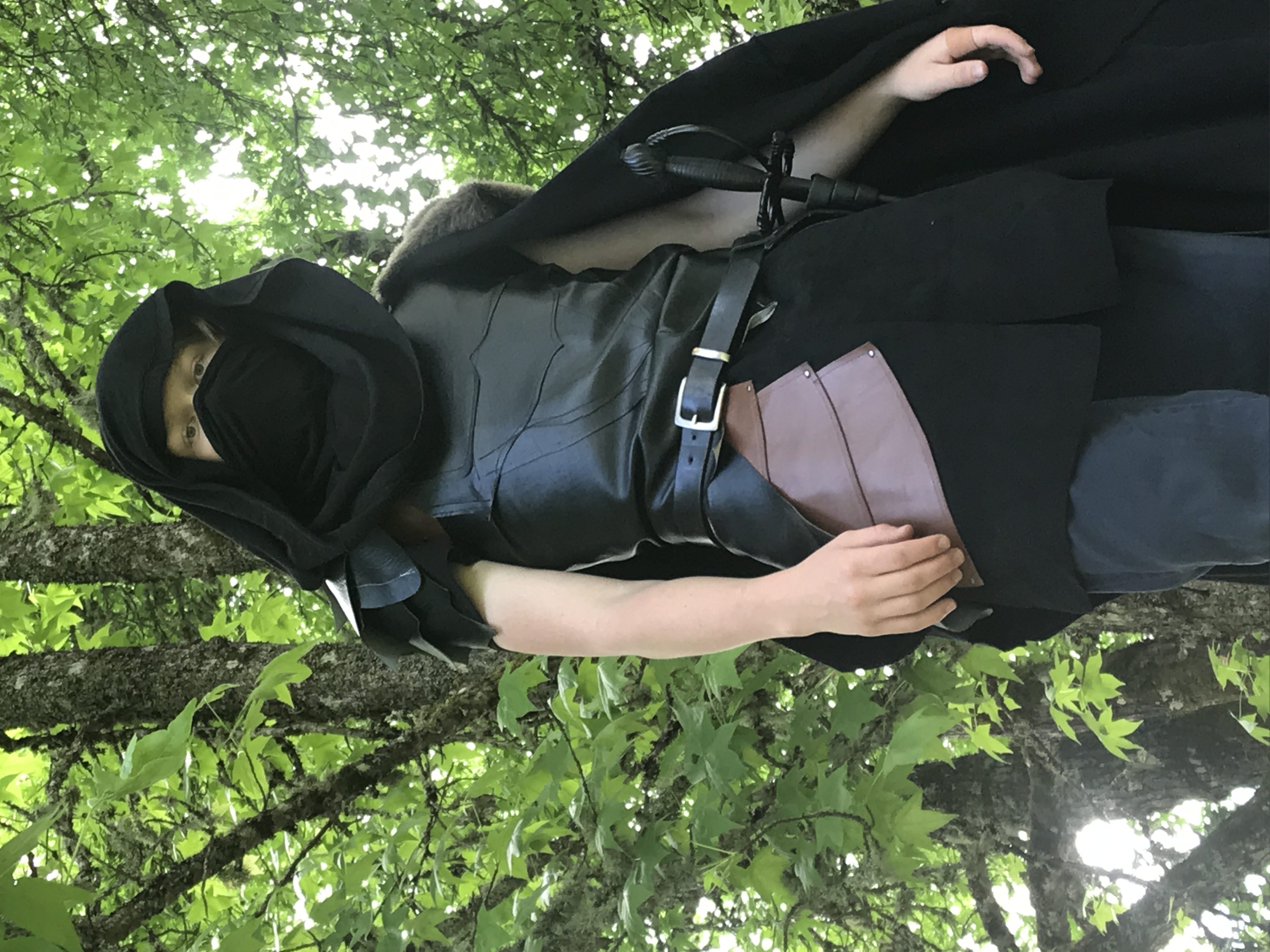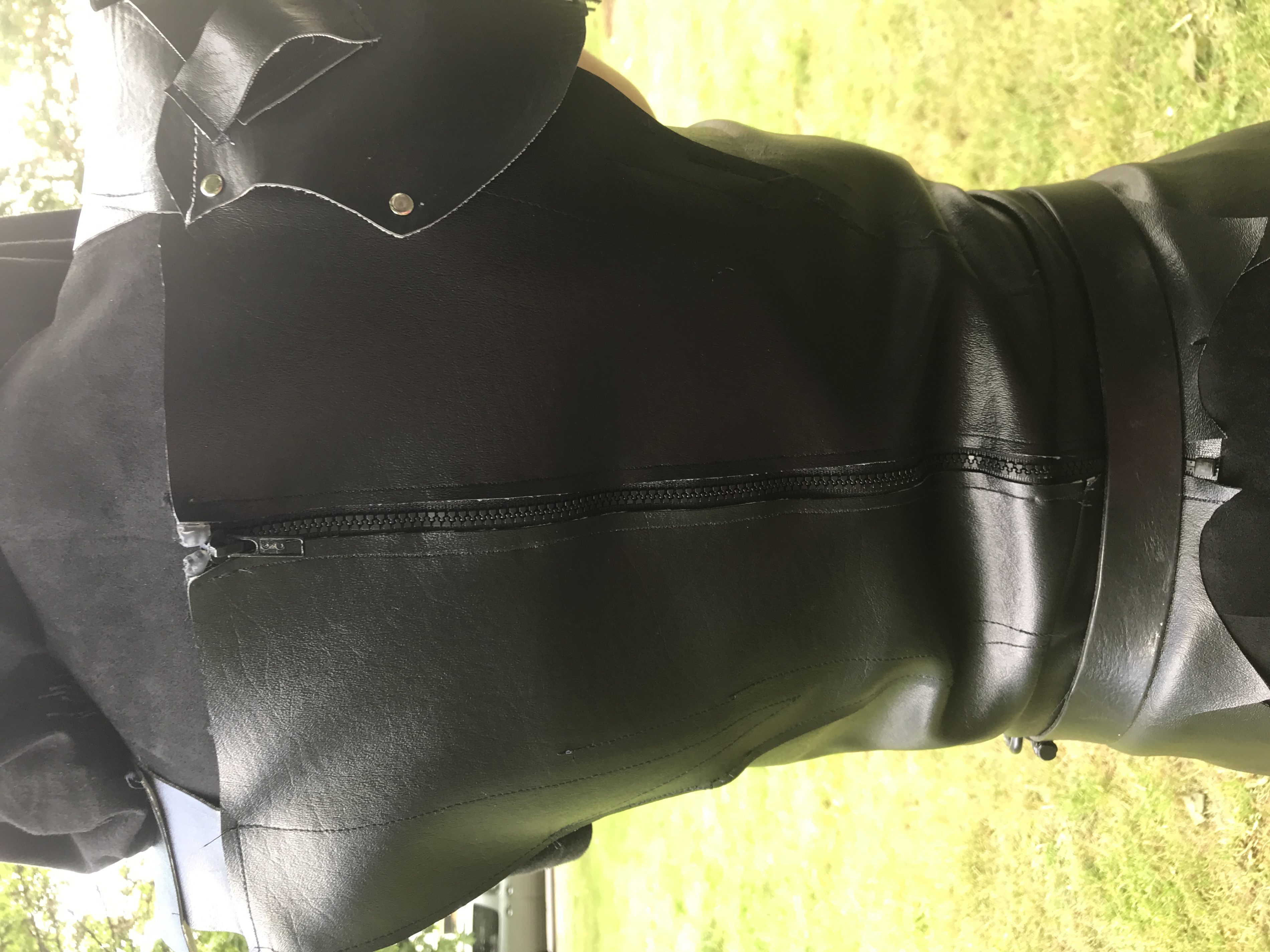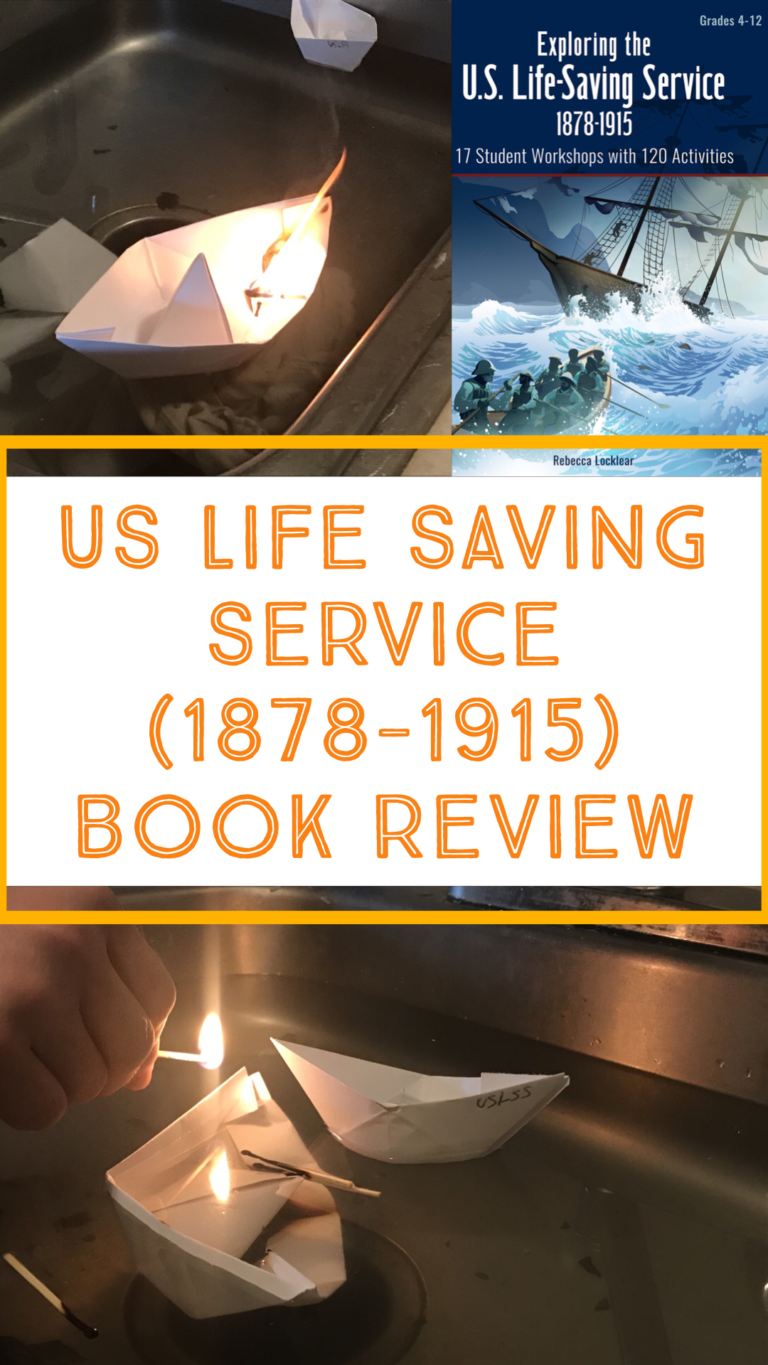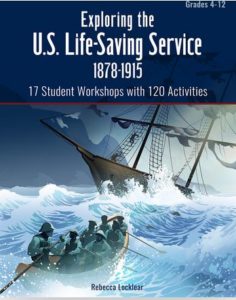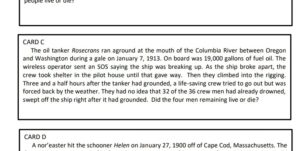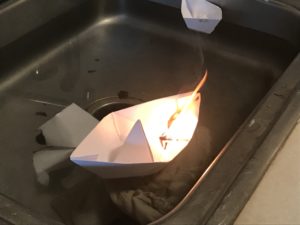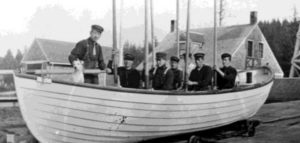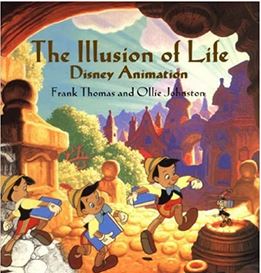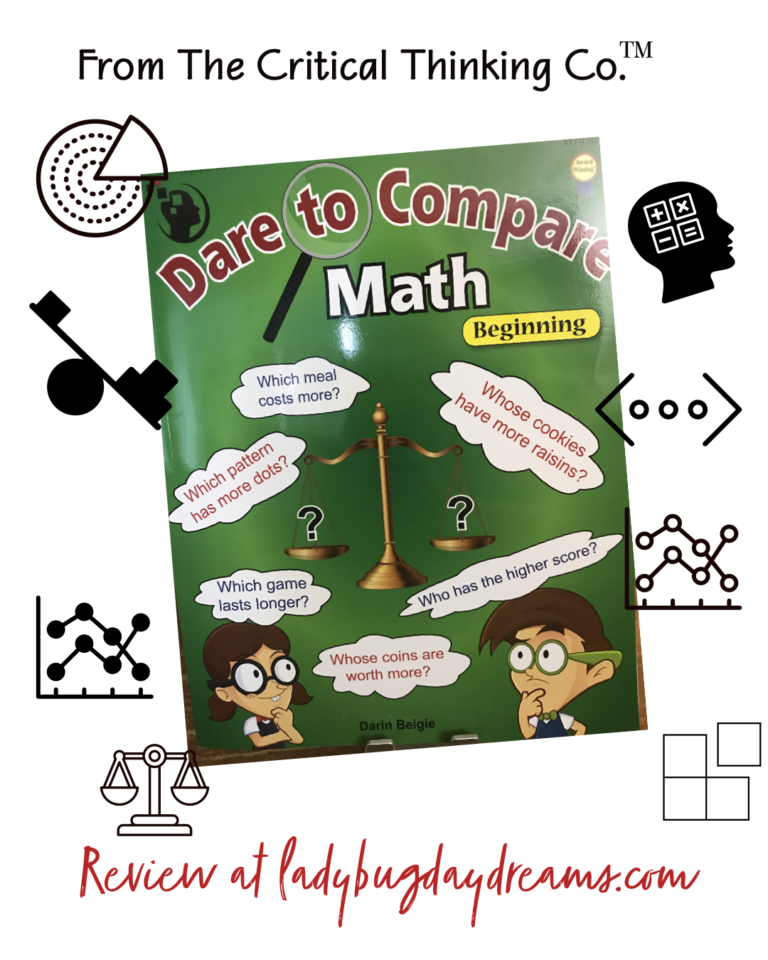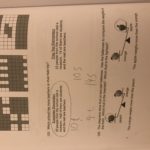Disclaimer: I received a FREE copy of this product through the HOMESCHOOL REVIEW CREW in exchange for my honest review. I was not required to write a positive review, nor was I compensated in any other way.
There are lots of curriculum supplements out there, especially for things like math facts and spelling words, and they have varying degrees of “fun.” For the past few weeks, Grasshopper has been working with Math Shed and Spelling Shed, and having a good time with both. Today, I’m going to talk briefly about both programs and what we thought of them.
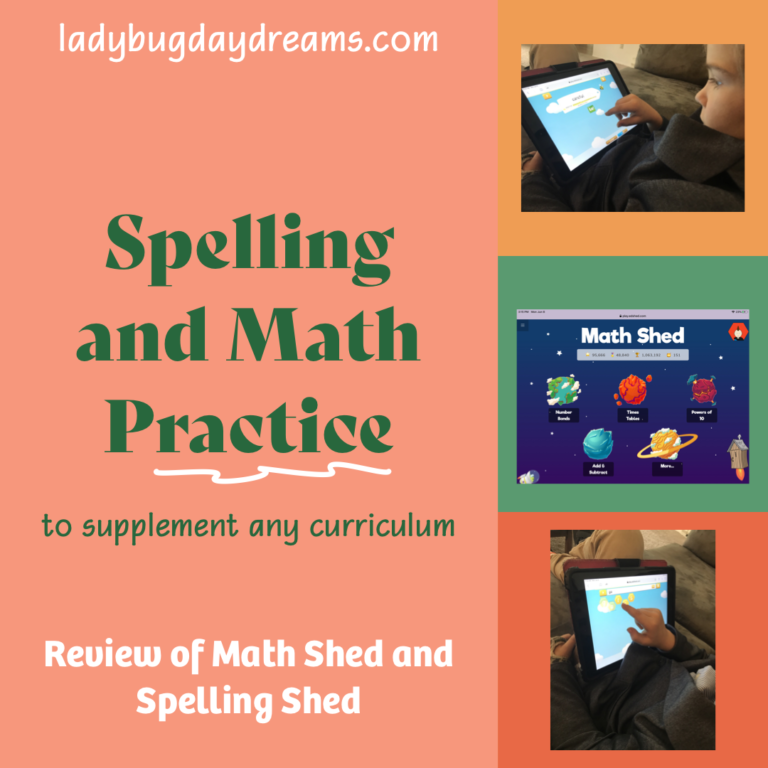
The first thing to know about these programs is that they work in sync. What I mean by this is that it’s the same website for both; when you log in to one, you’re logged in to the other as well. When I got the information to sign us up, I logged into the teacher portal and signed my son up for the program. (Initially, I signed up Dragonfly, too, but it turned out to be way too advanced for him.) I was given the option to sign him up using his real name or a nickname, and then they emailed me a username and password for his account. From then on, we just signed into his account.
Math Shed
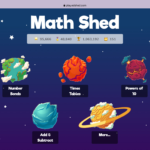 Math Shed has five options on the main screen to choose from, and it’s presented in a fun, space theme. In each The choices are: Number Bonds (these were called “fact families” when I was a kid); Times Tables; Powers of 10; Add & Subtract; and More…
Math Shed has five options on the main screen to choose from, and it’s presented in a fun, space theme. In each The choices are: Number Bonds (these were called “fact families” when I was a kid); Times Tables; Powers of 10; Add & Subtract; and More…
Each selection is represented by a planet, and to work in the program, you simply choose the one you want your child to practice. In each category, a random smattering of problems are displayed, and the child has to answer them. In all the games, it’s “answer as many as you can in one minute.” For each correct answer, children are awarded a “honeypot,” which is the currency of the game. They can use those honeypots to “buy” upgrades for their avatar. Grasshopper loved earning the honeypots and changing his character out often!
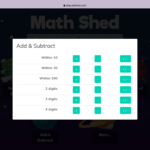 We spent most of our time in the Addition and Subtraction section. (When he has learned his times tables and just needs more practice, we will switch to that section.) After you choose which area you want your child to practice, there’s a pop up that has you choose which area of addition or subtraction you want them to practice. As you can see from the screenshot to the right, the options are “10s,” “20s,” “100s,” “2 digits,” “3 digits,” or “4 digits.” Next to each category, you can see a +, a -, and a +/- button. This allows you to choose what types of problems show up – all adding, all subtracting, or a mix. Once you make that selection, the pop up changes, and you see options for “easy,” “medium,” or “hard.” When you choose “easy,” the child is given three choices for each problem. On “medium,” there are six choices, and on “hard,” there’s a calculator-type image in which the child must type the answer.
We spent most of our time in the Addition and Subtraction section. (When he has learned his times tables and just needs more practice, we will switch to that section.) After you choose which area you want your child to practice, there’s a pop up that has you choose which area of addition or subtraction you want them to practice. As you can see from the screenshot to the right, the options are “10s,” “20s,” “100s,” “2 digits,” “3 digits,” or “4 digits.” Next to each category, you can see a +, a -, and a +/- button. This allows you to choose what types of problems show up – all adding, all subtracting, or a mix. Once you make that selection, the pop up changes, and you see options for “easy,” “medium,” or “hard.” When you choose “easy,” the child is given three choices for each problem. On “medium,” there are six choices, and on “hard,” there’s a calculator-type image in which the child must type the answer.
Spelling Shed
Spelling Shed is a beehive theme, and when you first log in there are options for “Stage 1 & 2,” “Stage 3,” “Stage 4 & 5,” and “More Lists.” Because Grasshopper is a bit slow in reading and words, we kept to Stage 1 & 2, which was plenty difficult for him.
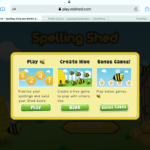 When you select a stage, there’s a pop up very similar to the one you get in Math Shed. In Spelling Shed, the options are “Play,” “Create Hive,” and “Bonus Games.” When you choose the option you want, there are then four choices of difficulty: easy, medium, hard, and extreme. We stuck with easy for my son. The “Create Hive” option isn’t one that we found very useful. I think it would pretty cool if you had friends who were also using the program, because it’s a way to make a kind of study group in which kids can play the game together and challenge one another.
When you select a stage, there’s a pop up very similar to the one you get in Math Shed. In Spelling Shed, the options are “Play,” “Create Hive,” and “Bonus Games.” When you choose the option you want, there are then four choices of difficulty: easy, medium, hard, and extreme. We stuck with easy for my son. The “Create Hive” option isn’t one that we found very useful. I think it would pretty cool if you had friends who were also using the program, because it’s a way to make a kind of study group in which kids can play the game together and challenge one another.
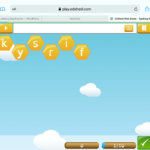 In the game (the “play” option), students are given a word, which can be seen on the screen and is also read aloud by a narrator (a woman with a very pleasant voice) in the program. They can study the word, and then click “go,” at which point they must spell the word using the letters given. It’s a lot like a word scramble, to be honest. Points are awarded based on the speed with which the word is spelled correctly, and later words are worth more points than earlier ones (though they’re not necessarily harder). At the end of the round, which is ten words, students are awarded one honeypot for each correctly spelled word. When you choose an alternate difficulty, there are more letters to choose from; at the “Extreme” level, words are simply spoken (not shown on the screen) and students type them out on a qwerty keyboard.
In the game (the “play” option), students are given a word, which can be seen on the screen and is also read aloud by a narrator (a woman with a very pleasant voice) in the program. They can study the word, and then click “go,” at which point they must spell the word using the letters given. It’s a lot like a word scramble, to be honest. Points are awarded based on the speed with which the word is spelled correctly, and later words are worth more points than earlier ones (though they’re not necessarily harder). At the end of the round, which is ten words, students are awarded one honeypot for each correctly spelled word. When you choose an alternate difficulty, there are more letters to choose from; at the “Extreme” level, words are simply spoken (not shown on the screen) and students type them out on a qwerty keyboard.
There are two Bonus Games in Spelling Shed. Bee Keeper is essentially Hangman, and Missing Word is “choose the correct spelling.” We didn’t spend too much time in those because on the few occasions that we did, Grasshopper got frustrated at his lack of success.
Final Thoughts

Math Shed and Spelling Shed are pretty good programs for supplementing what your child is learning. They wouldn’t be good for teaching, but they’re not designed for that. If you have a child who is super into technology (rather than books or worksheets), this would be a really good program. It gives you the “flashcard” method in a really fun way.
Other members of the Homeschool Review Crew are discussing their experiences with Math Shed and Spelling Shed this week, so make sure to click through and read about their experiences too.
Blessings,

Like this:
Like Loading...
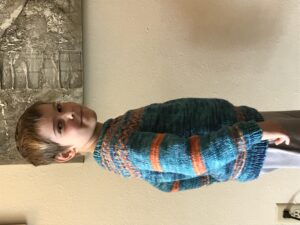 It’s the same pattern as what I used for Dragonfly’s sweater (there’s one for Bumblebee that will be posted in a few days, too, and one for myself that I’m in the early stages of knitting). The pattern is really more of a “recipe,” meaning that it tells you the basics and gives lots of freedom in the decorative portion at the top rather than a specific set of pictures to knit. I’ve really been enjoying making these “Strange Brew” sweaters.
It’s the same pattern as what I used for Dragonfly’s sweater (there’s one for Bumblebee that will be posted in a few days, too, and one for myself that I’m in the early stages of knitting). The pattern is really more of a “recipe,” meaning that it tells you the basics and gives lots of freedom in the decorative portion at the top rather than a specific set of pictures to knit. I’ve really been enjoying making these “Strange Brew” sweaters.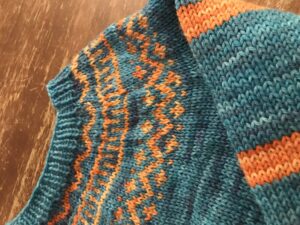 I knit this sweater from the bottom up, and I was anxious to see how the colors would play together, so I incorporated a design into the bottom of each sleeve and then used that same design on the bottom of the sweater, just above the hem. I was a bit concerned about having enough blue yarn, so I also added orange stripes to each sleeve.
I knit this sweater from the bottom up, and I was anxious to see how the colors would play together, so I incorporated a design into the bottom of each sleeve and then used that same design on the bottom of the sweater, just above the hem. I was a bit concerned about having enough blue yarn, so I also added orange stripes to each sleeve.
